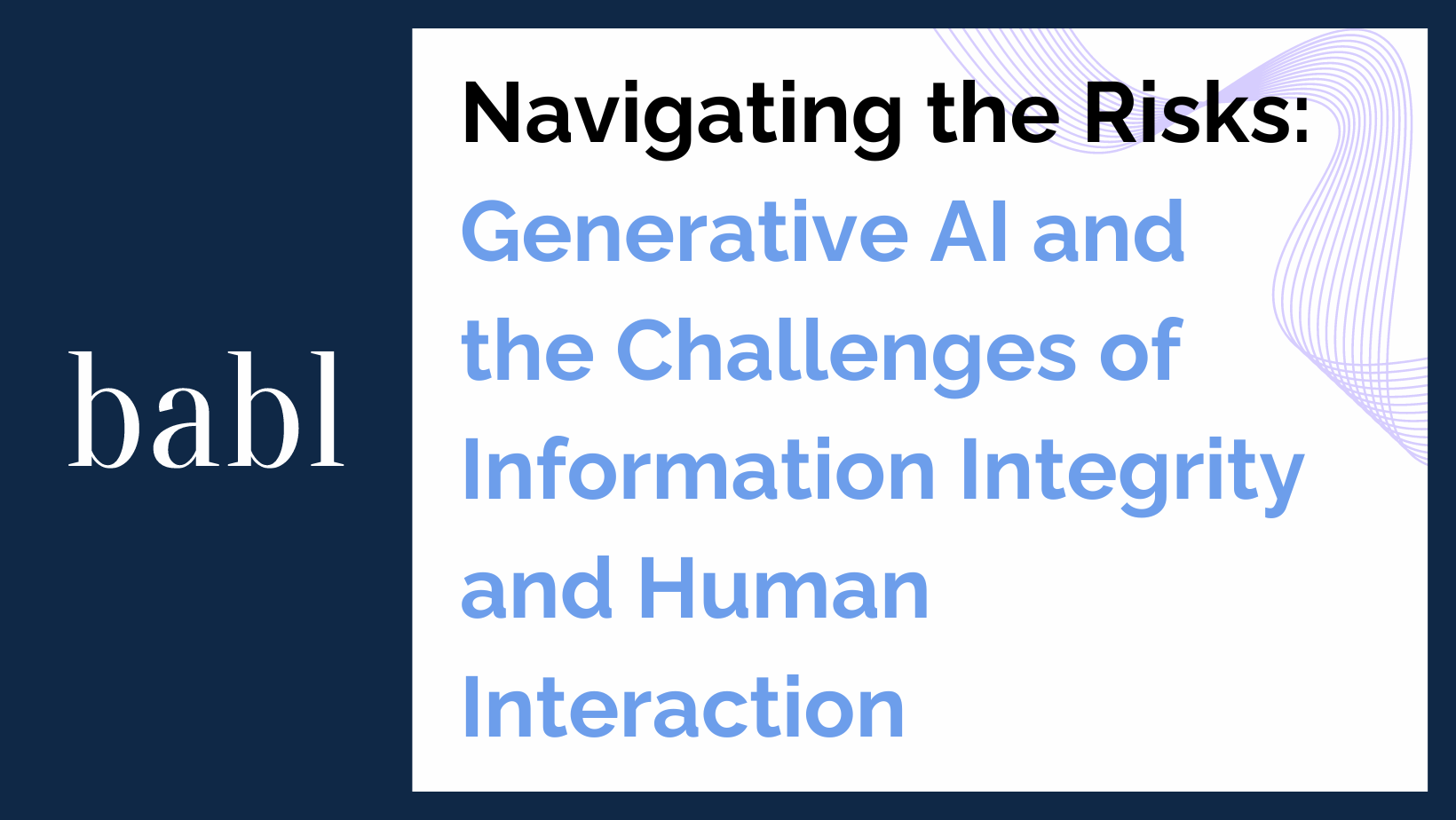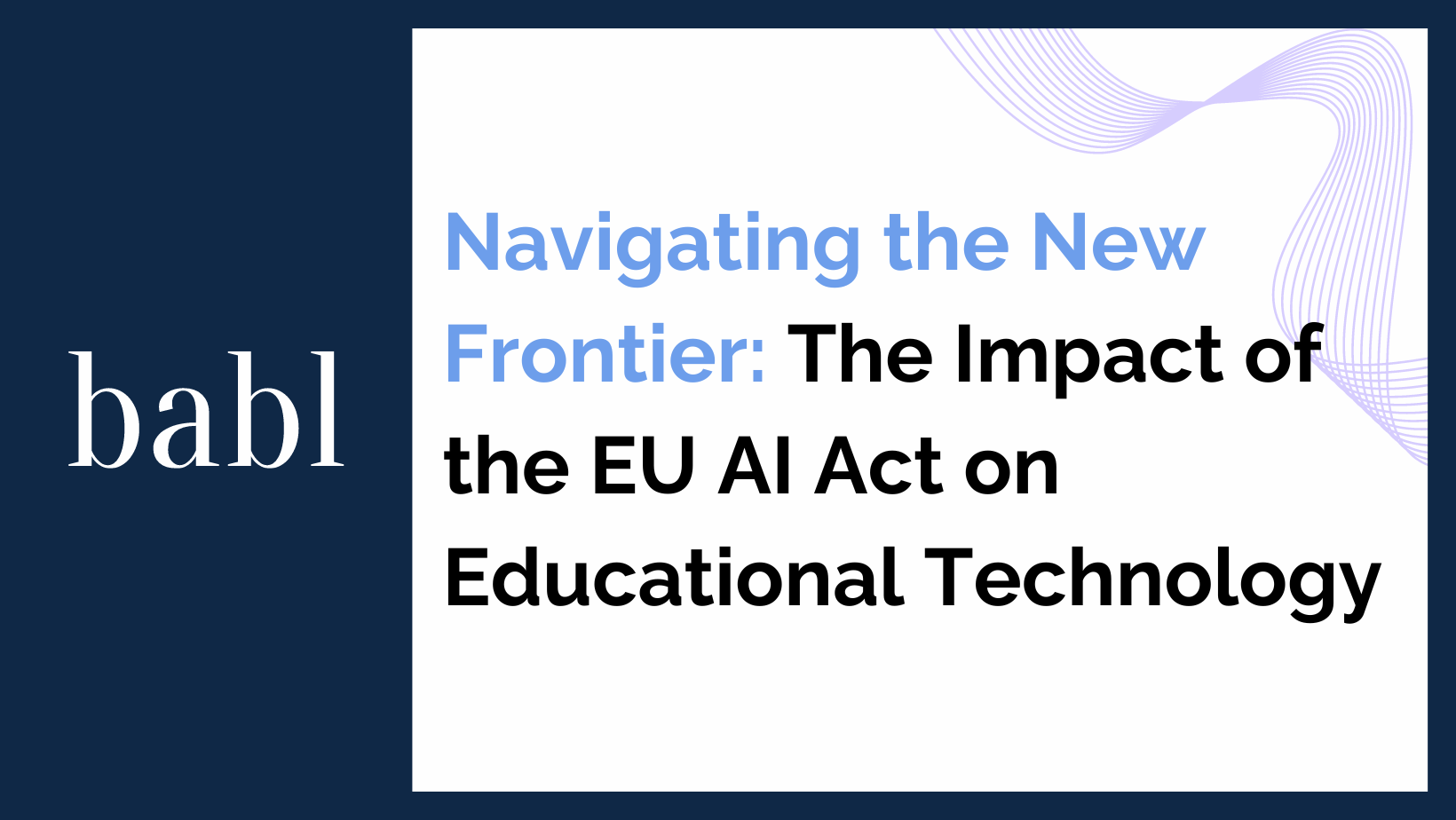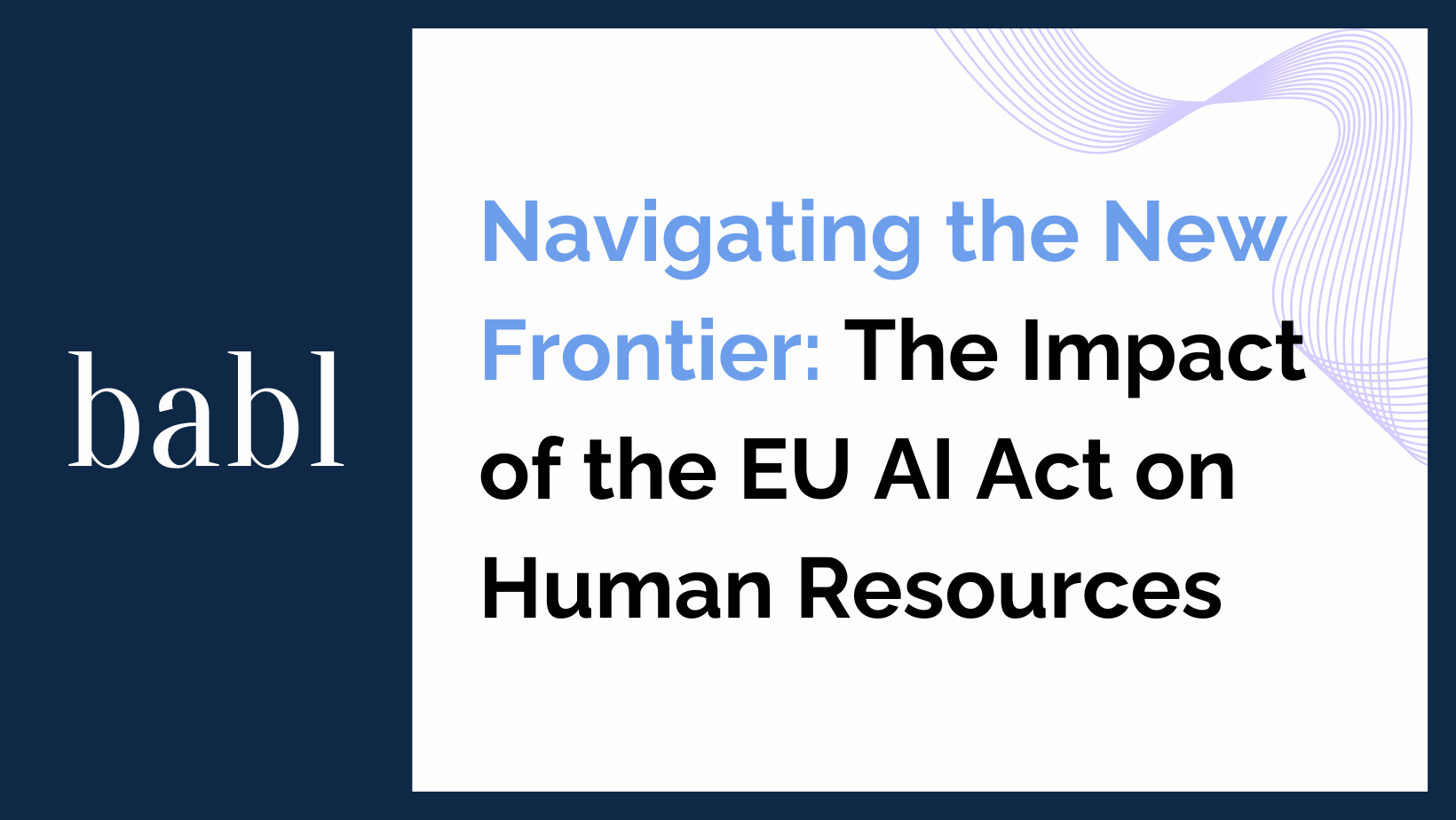Generative AI, one of the most dynamic subsets of artificial intelligence, is transforming industries by enabling machines to create new, original content that can often be indistinguishable from that created by humans. While the capabilities of generative AI are impressive and hold immense potential, they also introduce significant risks that need careful management. Two of the most pressing concerns in the realm of generative AI are information integrity and the nuances of human-AI interaction. This post delves into these risks, exploring their implications and the necessity of robust frameworks like those proposed by the National Institute of Standards and Technology (NIST) to mitigate them.
Information Integrity: The Double-Edged Sword of Generative AI
Generative AI’s ability to produce detailed and realistic text, images, and videos from minimal input makes it a powerful tool for content creation. However, this capability also poses a risk to information integrity. Information integrity involves maintaining the accuracy, reliability, and validity of information, which is a significant challenge with AI systems capable of generating convincing yet entirely fabricated content.
One of the primary risks associated with generative AI in terms of information integrity is the potential creation and spread of misinformation. AI-generated texts or deepfakes (hyper-realistic fake videos) can be used to create false narratives that are difficult to distinguish from authentic content. For instance, generative AI could produce realistic but fake news videos that could sway public opinion or manipulate stock markets. The ease and speed with which such content can be created and distributed make it a potent tool for misinformation campaigns, posing threats not only to individual decision-making but also to societal stability and trust in media.
Another significant aspect of information integrity is the potential for AI-generated content to perpetuate existing biases. If the data used to train generative AI models contains biases, the AI will likely reproduce and amplify these biases in its outputs. This can lead to the dissemination of biased information, reinforcing stereotypes and perpetuating discrimination. Ensuring the integrity of information produced by generative AI requires rigorous oversight and continuous monitoring of the data and algorithms used.
Human-AI Interaction: The Complexity of Integration
As generative AI systems become more prevalent, their integration into daily human activities and decision-making processes becomes more critical—and more complicated. The interaction between humans and AI systems leads to several risks, including automation bias and emotional entanglement.
Automation bias occurs when users place undue trust in AI systems, potentially overlooking errors or better judgment. This risk is particularly high with generative AI, as the systems often produce outputs that seem competent and accurate, leading users to accept these outputs without sufficient scrutiny. For instance, in a medical setting, clinicians might rely on AI-generated reports without verifying their accuracy, which could lead to misdiagnoses or inappropriate treatments.
Emotional entanglement involves the psychological impact of interacting with AI that mimics human behaviors. As generative AI can produce content that resonates on a personal level, such as writing poems or generating motivational speeches, users might begin to attribute human-like qualities to these systems. This anthropomorphism can lead to emotional attachments, making users more vulnerable to manipulation or less critical of the content produced by AI.
Moreover, there is the risk of over-reliance on AI systems. As these systems become more sophisticated, users might defer to AI judgment over their own, even in situations where human intuition and expertise are crucial. This over-reliance can diminish critical thinking and decision-making skills, potentially leading to detrimental outcomes in various sectors, from healthcare to finance.
Mitigating Risks through Frameworks and Awareness
The NIST AI Risk Management Framework provides a structured approach to managing these risks through its focus on governance, mapping, measurement, and management of AI systems. By adhering to such frameworks, organizations can implement rigorous testing and validation processes to ensure the accuracy and appropriateness of AI-generated content, enhancing information integrity.
Moreover, raising awareness about the capabilities and limitations of generative AI is crucial. Educating users on how to critically assess AI-generated content and understand the potential biases in AI systems can help mitigate the risks associated with automation bias and emotional entanglement. Awareness campaigns can include training programs for professionals in sectors heavily reliant on AI, such as healthcare and finance, to ensure they remain vigilant and discerning when using AI-generated outputs.
Another key strategy involves developing and enforcing ethical guidelines for AI use. These guidelines should address the ethical considerations of AI development and deployment, ensuring that AI systems are used responsibly and ethically. Organizations should establish clear policies on the acceptable use of AI, including transparency about how AI-generated content is produced and used.
Conclusion
As generative AI continues to evolve, the challenges associated with information integrity and human-AI interaction will likely become more complex. By implementing comprehensive risk management frameworks and fostering an informed user base, we can harness the benefits of generative AI while minimizing its potential harms. The work being done by institutions like NIST to extend their frameworks to encompass generative AI is a step in the right direction, aiming to ensure that as AI capabilities grow, they do so within a context of safety, ethics, and transparency.
In conclusion, while generative AI holds the promise of transforming industries and enhancing productivity, it is imperative to address the associated risks proactively. By focusing on information integrity and managing the complexities of human-AI interaction, we can pave the way for a future where AI technologies are used responsibly and beneficially. As we navigate this evolving landscape, ongoing collaboration between technologists, policymakers, and the public will be essential to ensure that generative AI serves the greater good.
Need Help?
If you’re concerned or have questions about how to navigate the global AI regulatory landscape, don’t hesitate to reach out to BABL AI. Their Audit Experts can offer valuable insight, and ensure you’re informed and compliant.





